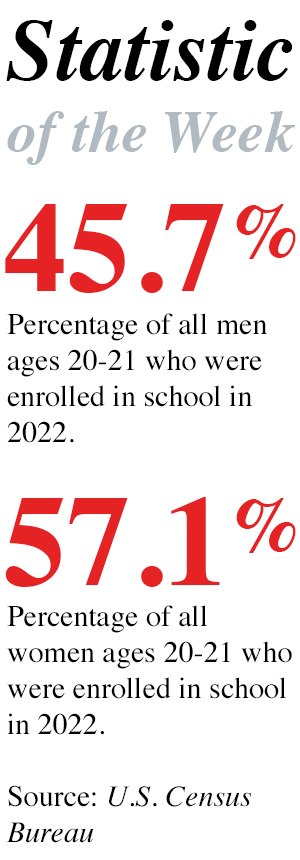New Academic Study Finds That Inducing Early Labor May Help Mother and Baby
Posted on Aug 22, 2018 | Comments 0
 There is a widely held perception that health care providers should avoid inducing labor in first-time mothers. It was thought that inducing labor resulted in more cesarean sections. But a new study by large field of medical researchers finds that inducing labor in healthy women at 39 weeks into their pregnancy reduces the need for cesarean section and is at least as safe for mother and baby as waiting for spontaneous labor. Choosing to induce could also reduce the risk that mothers will develop preeclampsia and that newborns will need respiratory support after delivery, according to a study.
There is a widely held perception that health care providers should avoid inducing labor in first-time mothers. It was thought that inducing labor resulted in more cesarean sections. But a new study by large field of medical researchers finds that inducing labor in healthy women at 39 weeks into their pregnancy reduces the need for cesarean section and is at least as safe for mother and baby as waiting for spontaneous labor. Choosing to induce could also reduce the risk that mothers will develop preeclampsia and that newborns will need respiratory support after delivery, according to a study.
The study included more than 6,100 first-time mothers at 41 hospitals. For women who chose to induce labor, 18.6 percent had cesarean sections compared to 22.2 percent of women who were not induced. Based on this data, researchers estimate that inducing labor at 39 weeks could eliminate the need for one C-section for every 28 deliveries.
M. Sean Esplin, an associate professor of obstetrics and gynecology at the University of Utah, explains that “we’re always trying to find the safest way to deliver babies and take care of our patients. If the primary goal is to keep rates of C-sections down, then elective induction is an option.”
The authors concluded that “induction of labor at 39 weeks in low-risk women did not result in a significantly lower frequency of a composite adverse perinatal outcome, but it did result in a significantly lower frequency of cesarean delivery.”
The full study, “Labor Induction Versus Expectant Management in Low-Risk Nulliparous Women,” was published on the website of the New England Journal of Medicine. It may be accessed here.
Filed Under: Research/Study








